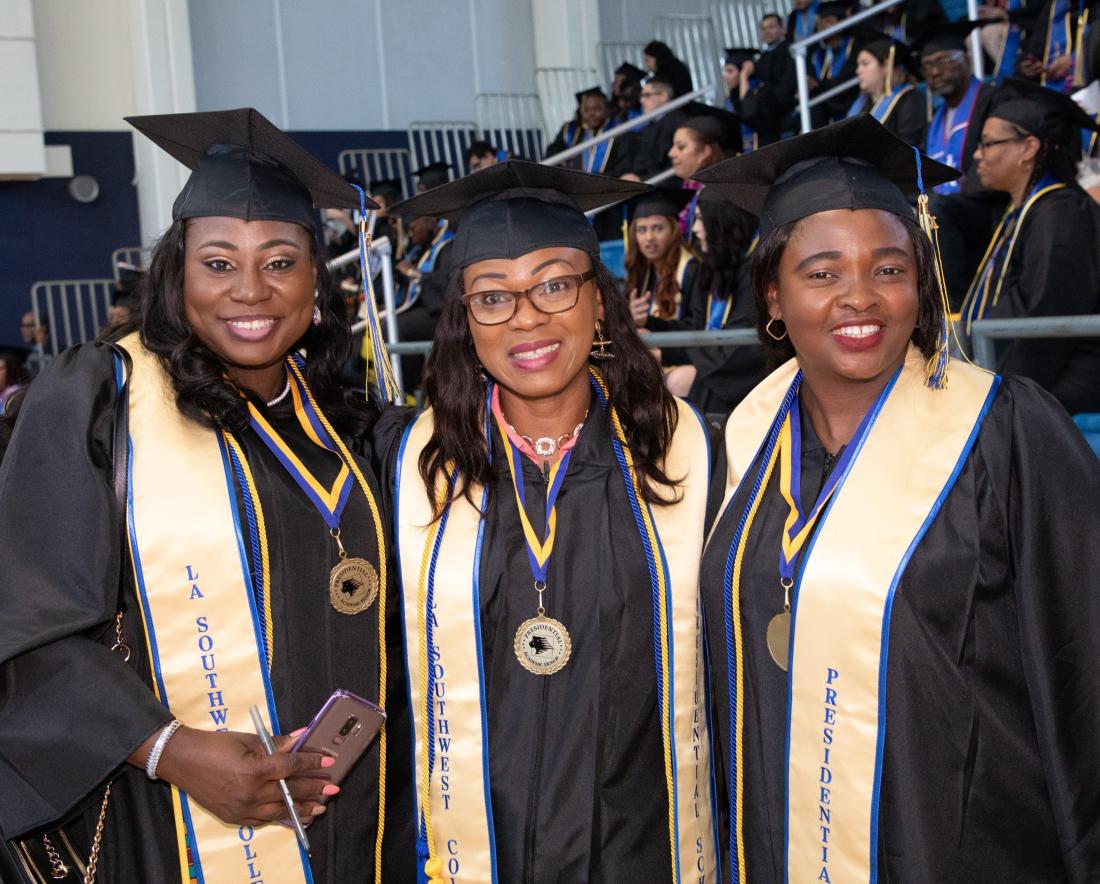Banking & Finance (AA)
Careers in Banking and Finance
Banking and Finance are integral to all business transactions around the globe. With a career in this industry you can work anywhere in the world. Here are some careers and their salaries you could have with a degree:
Career information below taken from bls.gov February 2020. Go to bls.gov for most current career information.
Provide guidance to businesses and individuals making investment decisions.
National data
| Typical Education Level: | Salary: | Hourly Median Wage: |
| Bachelor’s Degree | $85,660/year | $41.18/hour |
| Work Experience in a Related Occupation: | Job Outlook 2018-2028: | Number of Jobs 2018: |
| None needed | 6% increase (as fast as averag) |
329,500 |
Responsible for accurately processing routine transactions at a bank.
Data for Los Angeles/Long Beach/Anaheim
| Typical Education Level: | Salary: | Hourly Median Wage: |
| Some college | $30,630/year | $14.73/hour |
| Work Experience in a Related Occupation: | Job Outlook 2018-2028: | Number of Jobs 2018: |
| Short-term on-the-job training |
4% increase |
16,140 |
Evaluate, authorize, or recommend approval of loan applications for people and businesses.
National data
| Typical Education Level: | Salary: | Hourly Median Wage: |
| Bachelor’s Degree | $63,040/year | $30.31/hour |
| Work Experience in a Related Occupation: | Job Outlook 2018-2028: | Number of Jobs 2018: |
| None needed | 8% increase (faster than average) |
316,200 |
Provide advice to help individuals manage their finances and plan for their financial future.
National data
| Typical Education Level: | Salary: | Hourly Median Wage: |
| Bachelor’s Degree | $88,890/year | $47.23/hour |
| Work Experience in a Related Occupation: | Job Outlook 2018-2028: | Number of Jobs 2018: |
| None needed | 7% increase (faster than average) |
271,700 |
Connect buyers and sellers in financial markets.
| Typical Education Level: | Salary: | Hourly Median Wage: |
| Bachelor’s Degree | $64,120/year | $30.83/hour |
| Work Experience in a Related Occupation: | Job Outlook 2018-2028: | Number of Jobs 2018: |
| None needed | 4% increase (as fast as average) |
442,400 |
What You’ll Learn at LASC in Banking & Finance
You can get Associate in Arts (AA) through LASC’s Banking and Finance program where you will gain an in depth understanding of banking and finance and how they are critical to global operations:
- Improve your understanding of global economics and how your local economy feeds into the larger picture through the fundamentals of finance in the banking industry.
- Enhance your critical-thinking and reasoning skills as you study accounting, business law, mathematics, and banking and financial principles. Learn about topics like interest rates and how they affect purchasing power and what it means to financial institutions, businesses, and consumers.
- Consider an internship so you can build your career connections, gain work experience, and create community ties for after you graduate to begin your job search in the dynamic banking and finance industry.
- Want to transfer? Get an Associate in Arts degree in Banking and Finance and save money on your first two years of college learning from faculty experts. Visit your academic counselor for details.
Degrees & Courses You Will Take
Below are the courses you will take to earn the LASC Associate in Arts in Banking and Finance degree along with our suggested course of study for this program. Go to LASC’s current Course Catalog for specific course information:
Major Code: 504.00
Total Units Required: 60
Certificate of Achievement in Banking and Finance
Skill Certificates:
- Bookkeeping
- Business and Technology Skills
- Finance
- Income Tax Form
Upon successfully completing this program, you should be able to:
- Analyze the ethical concepts, legal implications, considerations and practices that guide online forums.
- Apply tools and technologies appropriate for the production, editing and presentation of visual and textual, or other web-based content.
| Required Courses: | Units |
|---|---|
| ACCTG 1 Introductory Accounting I | 5 |
| ACCTG 2 Introductory Accounting II | 5 |
| BUS 1 Introduction to Business | 3 |
| BUS 5 Business Law I | 3 |
| CAOT 85 Microcomputer Applications | 3 |
| FIN 1 Principles of Finance | 3 |
| FIN 15 Principles of Banking | 3 |
| ECON 1 Principles of Economics I | 3 |
| ECON 2 Principles of Economics II | 3 |
| TOTAL UNITS | 31 |
| Recommended Electives | Units |
|---|---|
| CAOT 1 Computer Keyboarding I | 3 |
| CAOT 82 Microcomputer Software Survey in the Office | 3 |
| CAOT 83 Microcomputer Office Applications: Operating Systems | 1 |
| MATH 235 Finite Mathematics | 5 |
| MATH 236 Calculus for Business and Social Science | 5 |
Get Ready Before You Start
Want to go into banking and finance? You can start preparing for your career before your first class starts at LASC
- Make an appointment with your LASC academic counselor to review LASC’s program, start to develop a Student Education Plan (SEP), and you can discuss if there are any four-year colleges or universities that would be a good match for your career goals.
- Still in high school? Find out if your school has a business club and join it. Talk to your teachers about your interest in the banking and financial fields and get recommendations on books and magazines to read, blogs to follow and websites of interest.
Program Learning Outcomes

Upon successfully completing this program, you will be able to:
- Demonstrate the skills needed to work in a supervisory capacity in a bank after some initial training.
- Examine the broad operations of a bank or financial institution.
- Use a spreadsheet for banking needs to analyze data for reporting to senior management.
- Examine the legal implication of various financial transactions.
